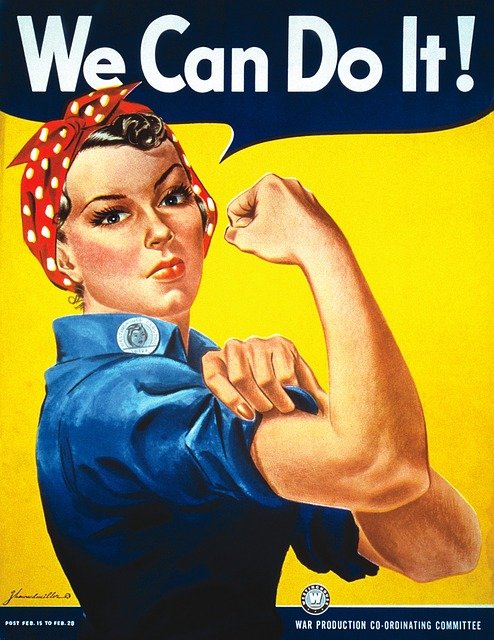Whether it’s the most intense fuchsia or the softest pastel, pink is undeniably associated with femininity. However, things were not always like that. In fact, at one time, it was just the opposite!
The 1918, an article from a trade publication called Earnshaw’s Infants’ Department, he said: “Since it comes from red, pink is best suited for boys and blue for girls”. The reason was that pink, being a more decisive and dynamic colour, is more suitable for a boy. While blue, being more delicate and subtle, is more suitable for a girl.
In 1927, a survey by Time magazine showed that in the big stores of the time, there was a great divide in the suggested colors in relation to the gender of the children. Marshall field’s and Filene’s preferred pink for boys and blue for girls, while Macy’s and Wanamaker’s, worked the exact opposite! “It seems, then, that there is really no unanimous opinion in the United States, regarding pink and blue,” the article concluded. Also, until those years, young parents used pink and blue to decorate their children’s rooms as neutral colours. Just as we use green and yellow today.
So when did this gender-based colour segregation become established?

To some extent, this change came after the Second World War. “Η “Rosie the riveter” (the iconic poster of a woman in denim work overalls, a bandana, and the caption “we can do it”) changes out of her factory blue clothes, with her distinctive pink legs June Cleaver” reports the NPR. “Femininity was wrapped in pink and so were products, from shampoo to high fashion!”
Indeed the 50s and 60s are full of pink moments. From the strawberry-coloured Chanel suit Jackie wore on the day of the Kennedy assassination, to Marilyn Monroe ‘s hot strapless pink dress in the movie“Men prefer blondes“.
However, Jo B. Paoletti, historian and author of “Pink and blue: telling the girls from the boys in America”, believes that the real segregation took place in the 1980s. It was a time when it was becoming more and more common for parents to find out the sex of their child before the child was born. So excited moms and dads liked to buy specific clothes, toys and accessories for their child, depending on whether they were expecting a boy or a girl. And of course, the stores were quick to make their wishes come true!
The second main reason, according to Paoletti‘s theory, was that the mothers of the time grew up wearing unisex clothes and playing with toys that appealed to boys and girls alike. Therefore, they wanted their daughters to be bathed in pink, lace and Barbie. The marketers and advertisers of the time, moreover, made this choice seem natural.
So when you look at the big picture, you’ll discover that the stereotypical “pink is for girls” rule is a relatively recent fad. So maybe it won’t be long before the controversial huge pink and blue aisles in department stores are replaced with other, completely new shades!
Source: mentalfloss.com

